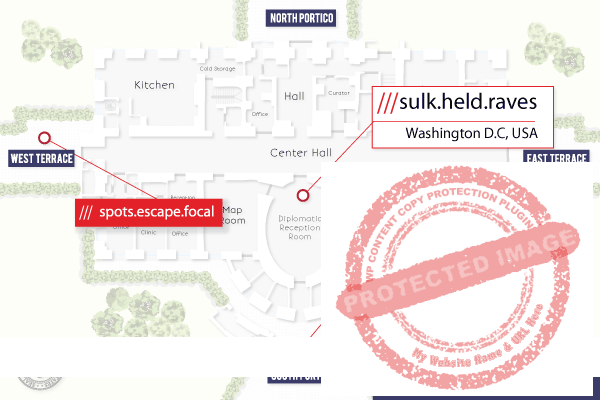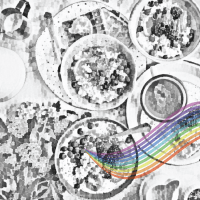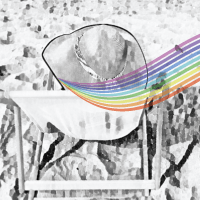- Peter Williams
- Average Reading Time: 7 minutes
- Business & Events
- articles, guides, petercw
Physical addresses are not the only method for locating a building, place or point on earth; another option is using geo-coordinates. The maritime industry initially used Geo-coordinates for the vast fleets of ships travelling the globe. Navigating using geo-coordinates is highly accurate. The longitude and latitude coordinates represent every point on land and sea worldwide using a vertical and horizontal position. The coordinates are based on a physical place, location or relative position on earth. The latitude represents the north-to-south position, and the longitude is east-to-west. The closer you zoom in to a point, the more decimal places are used within the coordinates. Though addresses and geo-coordinates have been around for a long time, how easy are they to share and use when dealing with customers?
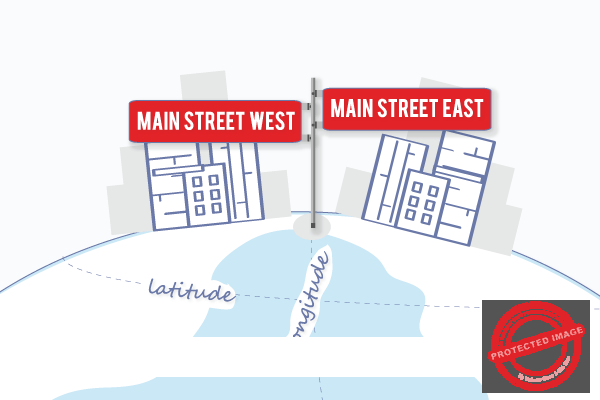
- According to the National League of Cities in the US, there are
- 10,866 streets named ‘Second Street’
- 9,898 streets named ‘First Street’
- 7,644 streets name ‘Main Street’
- For the UK, the Fact Site found that the most common street names are:
- High Street
- Station Road
- Main Street
- When you factor in similar-sounding names, the opportunity for error and misdirection becomes high
Now for Geolocations, the coordinates are accurate but imagine communicating the following address to a customer over the telephone
But what if you can share your physical location and geolocation simultaneously using only three words?
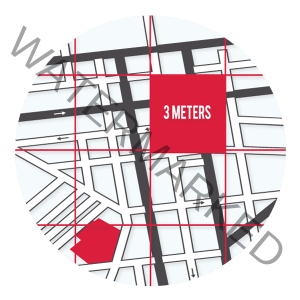
Introducing what3words, an innovative company that has created a system that maps out all of the world’s physical addresses and geolocations into a grid-like system, with three words representing each grid. Those three words are in English and available in 45 languages, making it easy to communicate locations to people worldwide. The three-words pinpoints a place quickly and easily. The what3words Android/IOS app or website allows you to zoom in to a building and zones or areas within the property, such as the garden or even the front door.
Let’s use The US White House as an example. If you look for the White House on what3words, you would be given the address ///sulk.held.raves. Looking at the image of the White House, you can see that you are able to provide more accurate and detailed information, more than just the building’s location. Using what3words, you can direct visitors to the South Portico (///yappy.pound.gloves) or even to the West Terrace (///spots.escape.focal). With what3words, you can zoom in and identify zones or areas within a property and share that address. You could then share the address with your visitors, and they will be taken directly to that exact location.
However, sharing your business address is not the only use. Here are some other examples: –
- Sharing your location to a recovery vehicle service when you have broken down in an unfamiliar or non-signposted area
- Special mobility access and entry points for amenities at a venue
- Giving an exact meeting point for friends outside an event or venue
- Helping people find remote locations such as cabins
- A quick way to communicate your location when requiring emergency services
what3words can also be used in your personal life and for fun. Take the example of a city-wide hunt, where groups solve clues to establish each of the three words to find the next location in the quest. The list is endless; as long as you have access to the internet, you can share your position on land and at sea.
what3words
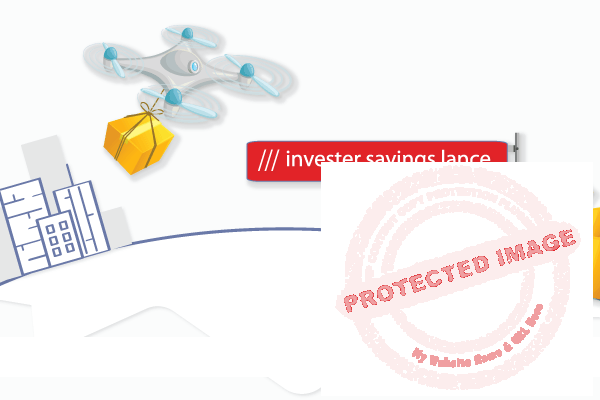
Let us start with online deliveries; drones present an opportunity for small-to-medium enterprises. Imagine being able to deliver your products twenty-four hours a day, seven days a week by land and by air quickly and efficiently. When placing an order, your customers would be able to pinpoint a secure area on their property where they want items to be delivered. They would be able to zoom in and share their what3words address, areas such as the back gate, shed roof, or even the property’s front door. The drone or delivery person could follow the address and place the items directly on the spot requested by the customer.
Next, let us make a reservation with a restaurant. You call up to make the reservation and ask for the restaurants’ what3words addresses. You are given three separate addresses, one for their customers’ car park, another for the valet parking service and finally an address for the main entrance. You want to park your vehicle, so you enter the what3words address into your self-driving car on the night of your reservation. You enter your vehicle, sit back and relax as you are taken to the restaurant and watch as your vehicle parks without you having to lift a finger. These scenarios sound futuristic; however, this could be commonplace in the next 3-5 years.
Using what3words not only saves time and money but has practical applications for your business today. Establishing your what3words address, sharing and communicating it to new and existing customers helps them find your business fast with minimal investigation and research. You can even use your what3words address as a way of re-engaging with existing customers, reminding them of your services and what you have to offer. Displaying your three-word address on any business signage, placing it on the footer of your emails, and your website are all ways to tell the world we are here; visit us.
If you offer a delivery service or visit customers homes, why not start building a database today. Each time you or the delivery driver visits an address, make a note of the exact what3words location and log it on your customer records. In the future, you will ensure that every delivery or visit is directed to the right place fast.
what3words ultimately helps to replace approximate locations with accurate instructions that guide your visitors directly to your front door. Discover what3words today by visiting https://what3words.com or how we use what3words on Gayther at https://gayther.com/showcase/what3words
More from Gayther
Discover all of the exciting and entertaining articles written by people from the worldwide LGBTQIA+ community, sharing their stories, opinions and experiences in their own style and from their unique perspectives


